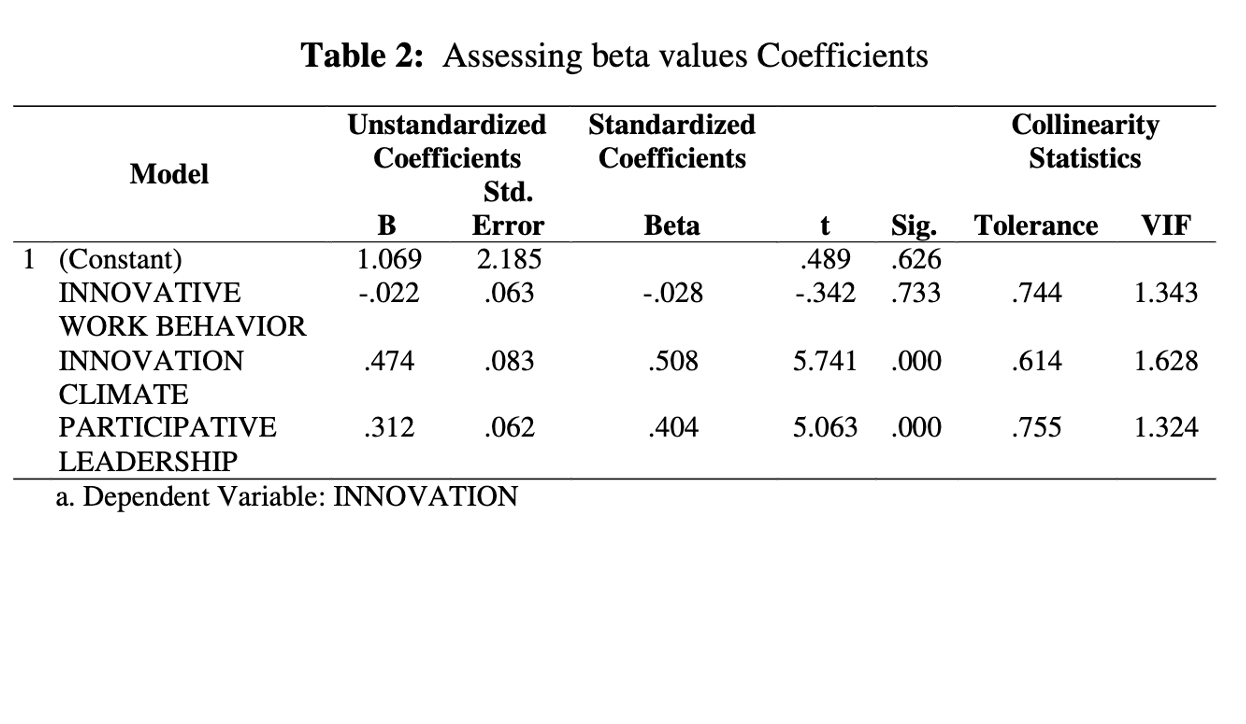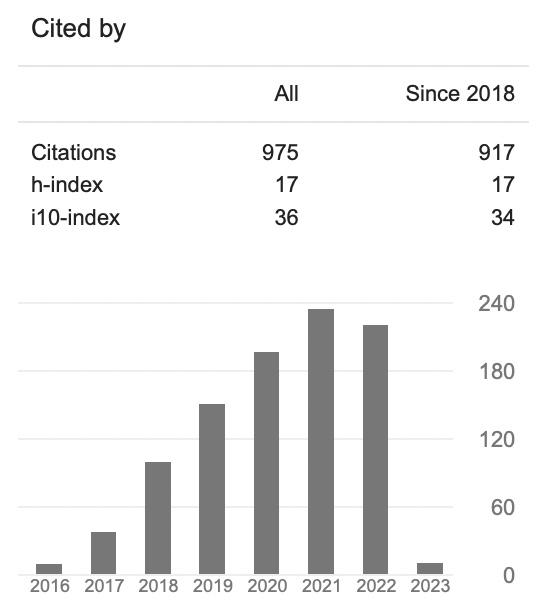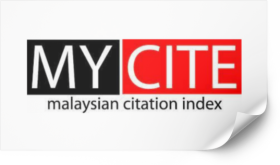Study on Factors that Influence Innovation in Malaysian Public Sector
Keywords:
innovation, work behavior, motivation, public serviceAbstract
Innovation is essential in the public sectors. In the context of globalization, the public service needs to enhance its efficiency and effectiveness in meeting the citizens' demands. The government needs to continuously renew and improve their offerings to anticipate and respond to change more quickly and more effectively. This is because the rate of technological, social and institutional changes results is only for shorter life cycles. An organization’s ability to innovate is highly depending on the quality of its employees. In this context, civil servants are regarded as being an important mechanism to realize innovations. One option for the public sector to become more innovative is to encourage their workforce to innovate. This study was carried out to examine others significant factors namely innovative work behaviour, innovation climate and participative leadership in predicting innovation in Malaysian public sector. This study was conducted at Public Service Department of Malaysia (PSD) and Malaysian Administrative Modernization and Management Planning Unit (MAMPU) through convenience sampling and cross-sectional study. The sample of the study comprised 86 officers and staff including men (n = 26) and women (n = 60). Pearson Correlation shows that there is a significant relationship between innovative work behaviour, innovation climate and participative leadership towards innovation in Malaysian public sector. The regression analysis results show that there is a significant relationship between combinations of these three factors on innovation in the public sector. However, innovative work behaviour is not strongly correlated to innovation compared to innovation climate and participative leadership. It happens because the civil service requires strong intrinsic motivation to innovate. This study also discusses the implications of innovation in management and recommendations for future research.













